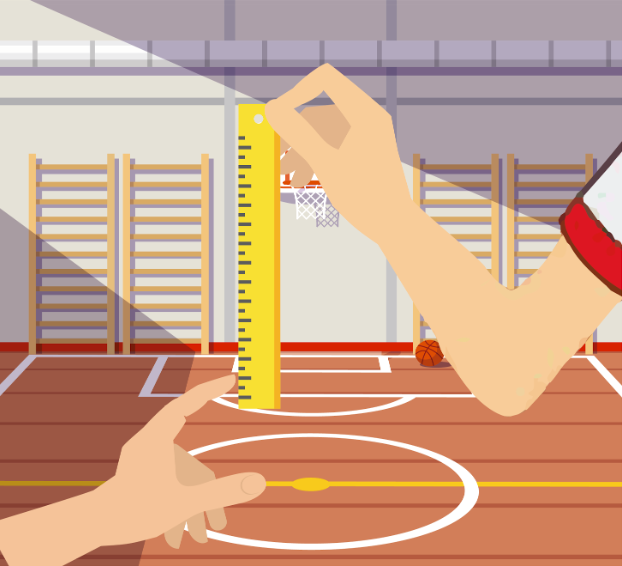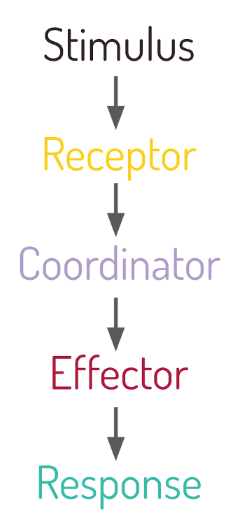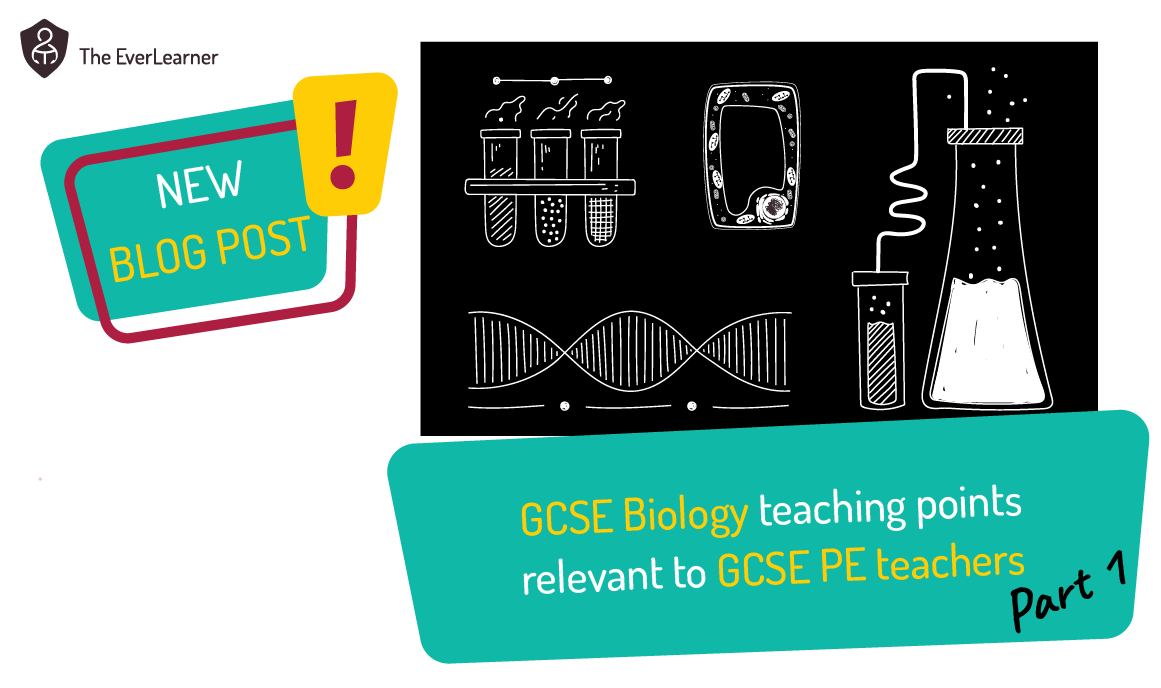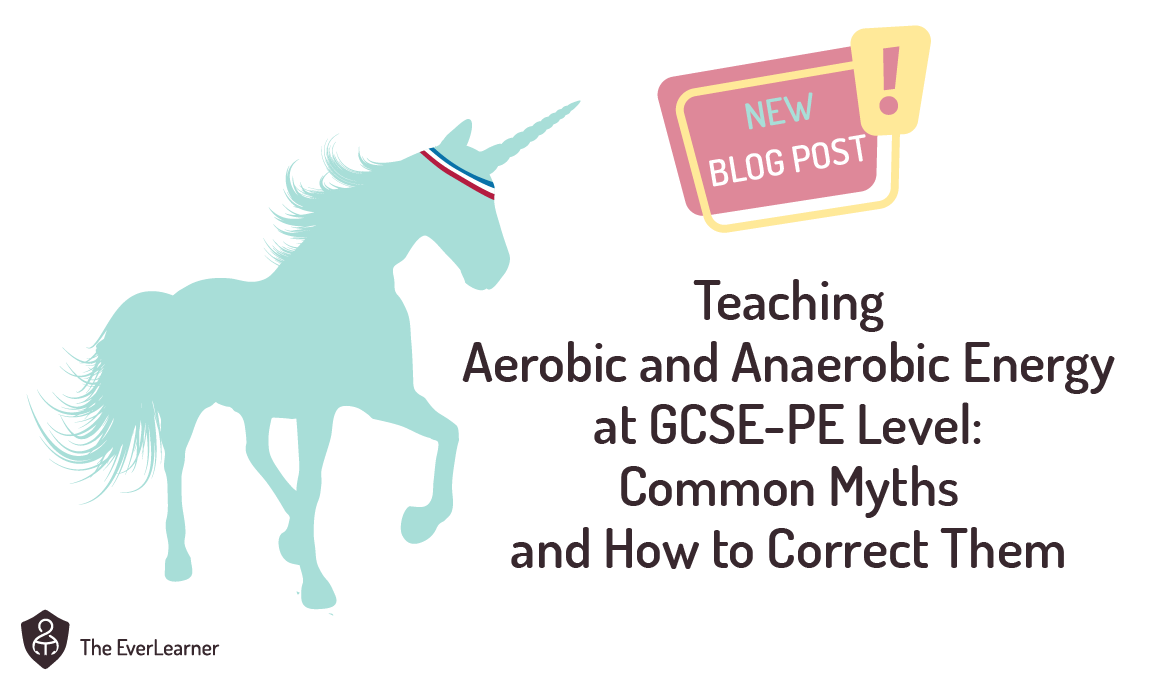10 GCSE Biology Teaching Points Relevant to GCSE PE Teachers (Part 2)
In this week’s blog, I want to revisit and complete a post I released a fortnight ago. On Wednesday 18th of October 2023, I released Part 1 of this two-part series on the important elements of GCSE biology that GCSE PE teachers need to be aware of. My role today is to follow that up with Part 2.
Take a look at this preview:
In Part 1:
- Energy release/transfer
- Gaseous exchange
- Proteins
- Muscle tissue
- Digestion
In Part 2:
Let’s take this in turn.
6. Reaction time
No good GCSE PE course would leave out the reaction time ruler-drop test! It’s a mainstay of our PE teaching and probably every reader of this post will have taught about the ruler being dropped from between thumb and forefinger with no warning, etc.

Some readers may have taken this further and evaluated the ruler-drop test identifying it as a test of general reactions rather than specific, causing a validity issue. But it is worth noting that the ruler-drop test is also a core practical experiment in GCSE biology and is a common theme for extended writing in that subject’s exams. So what do they learn in biology and when?
Unlike in most PE-based circumstances, the ruler drop test is taught in association with the different type of experimental variables. This is something that, in PE, we could be aware of in order to benefit the student. For example, biology students learn these variables:
| Dependent variables | Result one measures. In this case, distance on the ruler in cm. |
| Independent variables | Something that the experimenter may change. In this case, it could be the use of a warm-up or practice turns or even drinking a caffeine-based drink before taking part. |
| Control variables | Things that must be kept the same in order to keep the experiment reliable. Things such as the position of the ruler before being dropped or the absence of a warning. |
My challenge to PE teachers is whether you can use these concepts to improve your students’ knowledge of the ruler-drop test and reaction times in PE. For example, are we aware enough of control variables and how they prevent anomalous results.
This biology topic is the first core practical on Paper 1. Assuming that students study the papers in order, biology students are probably studying this material later in year 10 or very early in year 11.
7. White blood cells
Uff! This is a massive topic and I am going to need to be selective. I should also state that I have a slight obsession with white blood cells, so I will need to reign myself in on this one. In PE, students learn that white blood cells are made in the bone marrow as part of functions of the skeleton and learn that they are important for immunity and fighting infection. This is only scratching the surface of this fascinating biological topic.
In GCSE biology, students learn a little more about white blood cells. Not lots more, just a little but I feel it is relevant to share this with you.
Biology students learn about white blood cells within their immunity lessons and understand that WBCs are the central feature of the “specific defence system”. Non-specific defences are things like the skin, which prevents pathogens getting inside, whereas the WBCs are there to fight pathogens once they are inside.
GCSE biology students learn that WBCs fight pathogens in one of three ways:
- Phagocytosis
- Antibodies
- Antitoxins
But this, again, is just the beginning of the story. GCSE biology students learn how incredibly specific human immunity is. This concept can literally cause wonder in students and I encourage you to learn it for yourself. You can learn about this in this GCSE Biology video called "The Immune System".
8. Metabolism
Here’s my question to PE teachers: have you ever used the term metabolism in your PE teaching? Have you ever taught basal metabolic rate, for example, or referred to metabolism when it comes to diet, obesity, etc.? Here is my next question to PE teachers: what does metabolism mean specifically?
I may be wrong but I believe many PE teachers talk about metabolism without being hyper-clear on what it means. Therefore, I want to clarify what GCSE Biology students learn.
Notice the word “all”. This matters because it includes many chemical processes with human beings. Where PE teachers find a crossover is in that some of the chemical reactions are aerobic and anaerobic energy release, both of which students learn on both biology and PE courses. Other human metabolic reactions include the conversion of excess amino-acids into urea in the liver and the passing through urination but also the conversion of fats into glycerol and fatty acids, which can be processed for energy. This latter reaction is known as “fat burning” in PE.
In biology, students also learn about metabolism in plants, including photosynthesis and respiration, as well as protein synthesis.
9. Nervous system
Few PE courses touch on the nervous system. This annoys me a bit. We learn about movement and mechanics. We learn about muscles and bones but we don’t complete the picture by learning about how they (muscles) are stimulated.
In biology, students learn about the brain and spinal cord as the central nervous system or CNS. They learn about the peripheral nervous system or PNS including all the nerves outside of the CNS. They learn that a nerve is a bundle of neurones (nerve cells). They learn that information in the form of stimuli is processed by the body like this:

They learn examples of what each stage is, such as:
| Stimulus | Cricket ball flying towards you. |
| Receptor | Eyes detect the ball. |
| Coordinator | Brain makes a decision to raise the hands towards the ball. |
| Effector | Brain sends signal down the spinal cord (CNS) to the nerves of the arms and hands (PNS). |
| Response | Muscles contract to raise the arms and catch the ball with the fingers. |
Whether a PE teacher is teaching movement analysis or basic information processing or feedback or arousal or anything else, I believe that knowing that students are taught these concepts in biology helps us be better and more precise PE teachers.
10. Homeostasis and negative feedback
Finally we got there. This final piece of awareness is all about homeostasis. We very rarely teach homeostasis in PE but a huge number of PE topics have their intuition based in homeostasis. Let me prove it to you:
Examples are:
- Body temperature
- Blood glucose
- Water levels
- Ion levels
I would argue that every single one of those examples is deeply PE relevant, like this:
| Homeostasis | Concept | In PE? |
| Body temperature | Thermoregulation | Exercise in the heat Exercise in the cold Ice baths Cryotherapy Warm-ups Cool-downs Effects of exercise |
| Blood glucose | Energy levels | Aerobic energy Anaerobic energy Diet Effects of exercise |
| Water levels | Hydration | Dehydration Sports drinks Concentration |
| Ion levels | Loss of minerals | Cramp Fatigue |
I would go as far as to say that anatomy and physiology in PE could be taught almost entirely through the lens of homeostasis. PE is taught in an applied context and this almost always means movement. Where there is movement there is a loss of homeostasis and the sports scientist or PE student would benefit from understanding how homeostasis can be regained (through negative feedback loops).
Thank you for reading. I hope that you have found the article interesting. I hope you may try and reference a few of the ideas in your future PE teaching.
Have a lovely day.
%20Text%20(Violet).png)


